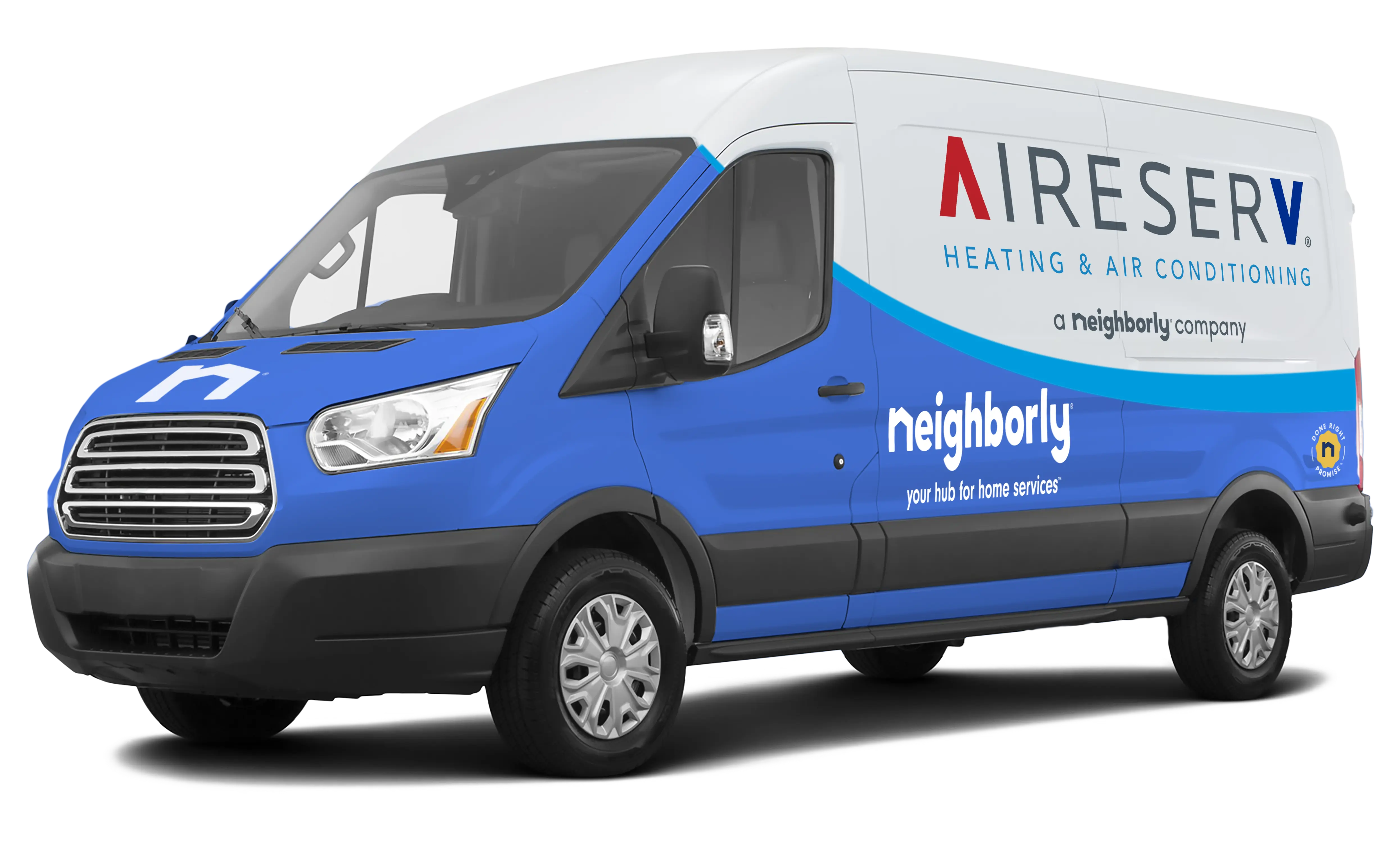As the leaves begin to change color in Northeast Ohio, many homeowners also experience the arrival of fall allergens. Ragweed, mold spores, and dust can make indoor air uncomfortable, even when windows are closed. Your HVAC system plays a crucial role in managing air quality, helping you breathe easier and maintain comfort throughout the season.
This guide outlines practical HVAC strategies to reduce allergens and improve indoor air quality this fall.
1. Replace and Upgrade Air Filters
Air filters are your first line of defense against allergens:
- Replace filters regularly, ideally every 30–60 days, depending on usage.
- Consider HEPA or high-MERV filters for improved particle capture.
- Ensure filters are installed correctly to avoid air bypass, which reduces effectiveness.
Fresh, high-quality filters trap pollen, dust, and other irritants before they circulate through your home.
2. Clean Ductwork and Vents
Ducts can harbor accumulated dust, debris, and mold spores:
- Schedule a professional duct cleaning if you haven’t done so in the past few years.
- Inspect vents and return air grills for visible dust or obstruction.
- Use a vacuum or soft brush to clean accessible vents and registers.
Clean ducts allow air to flow freely and reduce the concentration of allergens in your home.
3. Maintain Proper Humidity Levels
Humidity control helps prevent mold and dust mites, common fall allergens:
- Use a humidifier or dehumidifier as needed to maintain 40–50% indoor humidity.
- Avoid excessive moisture in basements, bathrooms, and crawl spaces.
- Inspect your AC’s condensate drainage system to prevent standing water.
Balancing humidity improves comfort and reduces conditions that encourage allergen growth.
4. Schedule HVAC Maintenance
A well-maintained system operates efficiently and supports healthier air:
- Professional technicians can inspect coils, fans, and motors for dust buildup or damage.
- They can also check for leaks in ductwork that can introduce outdoor allergens.
- Tune-ups help ensure your system removes moisture properly, further reducing mold risk.
Regular maintenance prevents minor issues from becoming indoor air quality problems.
5. Upgrade to Air Purification Systems
For homeowners with severe allergy concerns, additional equipment can help:
- Whole-home air purifiers integrate with your HVAC system to remove finer particles.
- UV light air sanitizers can reduce bacteria, viruses, and mold spores.
- Portable air purifiers can supplement whole-home solutions in bedrooms or living areas.
Investing in air purification improves health, comfort, and overall indoor air quality.
6. Reduce Outdoor Allergen Entry
Simple steps around the home can limit allergens indoors:
- Keep windows and doors closed during peak pollen times.
- Change clothing and shoes after spending time outside to avoid tracking allergens inside.
- Use doormats and maintain clean entryways to reduce debris entry.
Combining HVAC solutions with lifestyle adjustments significantly reduces indoor allergen exposure.
7. Monitor Indoor Air Quality
Awareness and measurement help you respond effectively:
- Use indoor air quality monitors to track particulate levels and humidity.
- Observe symptoms like sneezing, itchy eyes, or congestion, which can indicate elevated allergen levels.
- Adjust HVAC settings, filters, and supplemental purifiers based on findings.
Proactive monitoring ensures a healthier home environment and prevents prolonged allergen exposure.
Final Thoughts
Fall allergens are an inevitable part of the season in Northeast Ohio, but homeowners can control indoor air quality with the right HVAC strategies. From replacing filters and cleaning ducts to maintaining humidity, scheduling professional tune-ups, upgrading air purification, limiting outdoor allergen entry, and monitoring indoor air, every step helps create a more comfortable, healthier home.
By taking proactive measures now, you can enjoy crisp fall weather without sacrificing air quality, allowing your HVAC system to support comfort and wellness all season long.

